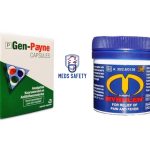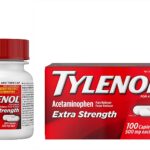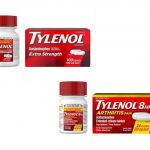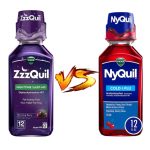Tylenol vs. Paracetamol: Unveiling the Differences and Similarities in Two Global Pain Relievers
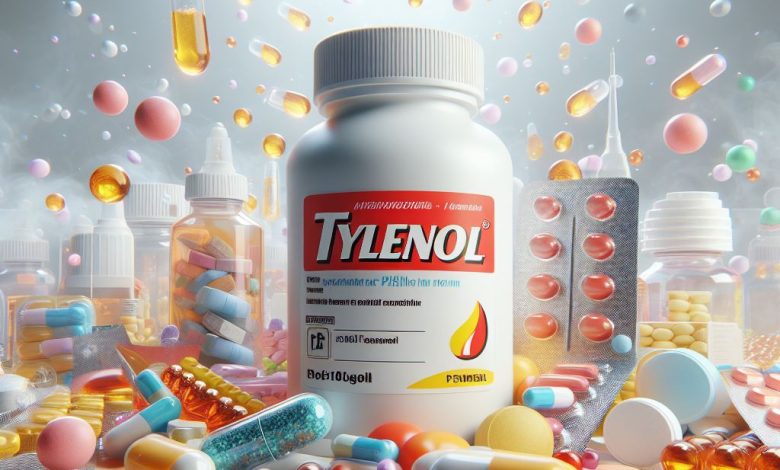
Tylenol and Paracetamol are two widely used over-the-counter medications that share a common active ingredient: acetaminophen. While Tylenol is a well-known brand in the United States, Paracetamol is the generic name used in many other parts of the world. Despite the shared active ingredient, there are differences in the formulations, branding, and marketing strategies of these two medications.
This comprehensive article will delve into the intricacies of Tylenol and Paracetamol, exploring their histories, mechanisms of action, uses, side effects, and regulatory aspects.
Historical Perspective
Tylenol: Tylenol, introduced by McNeil Consumer Healthcare, a subsidiary of Johnson & Johnson, has a rich history dating back to the 1950s. Initially marketed as a prescription medication, it became available over the counter in 1955. The brand has since expanded to offer a variety of formulations, including extra strength, rapid release, and arthritis pain relief.
Paracetamol: The term “Paracetamol” is commonly used in many countries outside North America. The origins of Paracetamol can be traced back to the late 19th century when it was first synthesized. It gained popularity in the medical community due to its analgesic and antipyretic properties. Paracetamol became widely available as an over-the-counter medication, and various generic versions are now produced by pharmaceutical companies around the world.
Chemical Composition
Both Tylenol and Paracetamol share the same active ingredient: acetaminophen. Acetaminophen is a para-aminophenol derivative that has analgesic (pain-relieving) and antipyretic (fever-reducing) properties. While the active ingredient is the same, differences in inactive ingredients, formulations, and dosages may exist between various Tylenol and Paracetamol products.
Mechanism of Action
The primary mechanism of action of acetaminophen involves inhibiting an enzyme in the brain known as cyclooxygenase (COX). Unlike nonsteroidal anti-inflammatory drugs (NSAIDs) such as ibuprofen, acetaminophen has a limited effect on peripheral COX, making it primarily effective against pain and fever without exerting significant anti-inflammatory effects. The exact mechanism of how acetaminophen works is still not fully understood, and ongoing research aims to elucidate its actions more comprehensively.
Uses and Indications
Tylenol: Tylenol is commonly used to relieve pain and reduce fever associated with various conditions, including headaches, muscle aches, menstrual cramps, and the common cold. Its widespread use in pediatric medicine also makes it a popular choice for children with fevers or mild to moderate pain.
Paracetamol: Paracetamol serves the same purposes as Tylenol and is used globally for pain relief and fever reduction. Due to its broad availability in generic forms, Paracetamol is often a more economical choice in regions where the brand Tylenol is less prominent.
Regional Variations and Branding
The branding and marketing of acetaminophen-containing products vary across regions. In the United States and Canada, Tylenol is the predominant brand, while in Europe, Asia, and other parts of the world, Paracetamol is the more commonly used term. Despite the regional differences in branding, consumers can find comparable generic versions of acetaminophen in most markets.
Side Effects and Safety
Tylenol: While generally considered safe when used as directed, Tylenol can cause liver damage when taken in excessive doses. Overdosing on acetaminophen is a serious concern, as it can lead to acute liver failure, a potentially life-threatening condition. Consumers are advised to follow dosing instructions carefully and avoid combining Tylenol with other medications containing acetaminophen.
Paracetamol: The safety profile of Paracetamol is similar to that of Tylenol. Like any medication, it is crucial to adhere to recommended dosages to avoid adverse effects. Both Tylenol and Paracetamol should be used cautiously by individuals with pre-existing liver conditions, and healthcare professionals should be consulted if there are concerns about potential drug interactions.
Regulatory Oversight
Regulatory oversight of acetaminophen-containing products varies by country. In the United States, the Food and Drug Administration (FDA) regulates Tylenol and other acetaminophen-containing medications. In the European Union, the European Medicines Agency (EMA) oversees the safety and efficacy of Paracetamol-containing products. These regulatory bodies establish guidelines for manufacturing, labeling, and marketing to ensure the safety of consumers.
Research and Development
Ongoing research aims to expand our understanding of acetaminophen and its effects on the body. Recent studies have explored potential associations between long-term acetaminophen use and adverse health outcomes, including cardiovascular events. As our understanding evolves, regulatory agencies may update guidelines and recommendations for the use of acetaminophen-containing medications.
Tylenol vs. Paracetamol vs. Ibuprofen: What’s the Difference?
Tylenol, Paracetamol, and Ibuprofen are all popular over-the-counter medications, but they differ in their active ingredients and mechanisms of action. Tylenol and Paracetamol both contain acetaminophen, while Ibuprofen is a nonsteroidal anti-inflammatory drug (NSAID). Tylenol and Paracetamol are essentially the same, with different brand names used in different regions, while Ibuprofen has anti-inflammatory effects in addition to its pain-relieving and fever-reducing properties.
Why is Paracetamol Called Acetaminophen?
The term “acetaminophen” is commonly used in the United States, while “paracetamol” is the more widespread term internationally. The nomenclature difference arises from historical and linguistic reasons. The name “acetaminophen” is derived from the chemical name N-acetyl-para-aminophenol. Different regions adopted one term over the other based on historical developments and linguistic preferences.
Panadol vs. Tylenol for Fever: Are They Interchangeable?
Panadol and Tylenol are essentially the same medication, both containing acetaminophen as the active ingredient. Both are used for pain relief and fever reduction, and they can be considered interchangeable. The choice between them may depend on regional availability, branding preferences, or personal familiarity, but their efficacy for fever management is comparable.
Is Tylenol Stronger Than Panadol?
Tylenol and Panadol have the same active ingredient, so their strength is essentially identical when comparing equivalent doses. The perceived difference in strength may arise from variations in formulations (e.g., extra strength or rapid release), but the core efficacy of acetaminophen in both medications is the same.
Paracetamol vs. Acetaminophen Dosage: Is There a Difference?
Paracetamol and acetaminophen refer to the same medication, and there is no difference in dosage recommendations between the two terms. Dosages are generally based on factors such as age, weight, and the specific formulation of the medication. It is essential to follow recommended dosages to prevent potential adverse effects, especially concerning liver health.
Can You Take Acetaminophen and Paracetamol Together?
Acetaminophen and Paracetamol are the same medication, so taking them together would result in doubling the dosage of the same active ingredient. This practice is generally not recommended, as exceeding the recommended dosage can lead to adverse effects, particularly on the liver. It’s crucial to follow dosing guidelines and consult with a healthcare professional if there are any concerns.
Tylenol vs. Biogesic: A Comparison of Acetaminophen Brands
Tylenol and Biogesic are brand names for acetaminophen-containing medications. The primary difference lies in the branding and marketing, as the active ingredient and its effects are the same. The choice between Tylenol and Biogesic may depend on regional availability, personal preferences, or pricing, but both medications serve the same purpose of relieving pain and reducing fever.
Conclusion
In conclusion, Tylenol and Paracetamol represent two brand names for the same active ingredient, acetaminophen. While they share a common mechanism of action and are used for similar purposes globally, regional branding, marketing, and regulatory oversight contribute to the perception of these medications as distinct entities. Understanding the similarities and differences between Tylenol and Paracetamol is crucial for consumers, healthcare professionals, and regulatory agencies to ensure the safe and effective use of these widely used pain relievers.

